In 2025, successful indoor cannabis cultivation relies not only on lighting and nutrients but also on precise climate control and ventilation. Proper airflow, humidity regulation, and temperature stability are critical to achieving healthy plant growth, preventing mold, and maximizing yield. Without an effective climate control system, even the most advanced lighting and feeding schedules can fall short. Indoor growers must manage a delicate balance, keeping temperatures in the ideal range, maintaining consistent humidity, and ensuring plants receive a steady flow of fresh air. This requires the right combination of exhaust fans, intake systems, oscillating fans, and environmental controllers. Whether cultivating a small home grow or a large commercial operation, understanding and implementing optimal ventilation and climate strategies is essential for producing high-quality cannabis with consistent potency, aroma, and visual appeal.
Importance of Airflow and Fresh Air Exchange
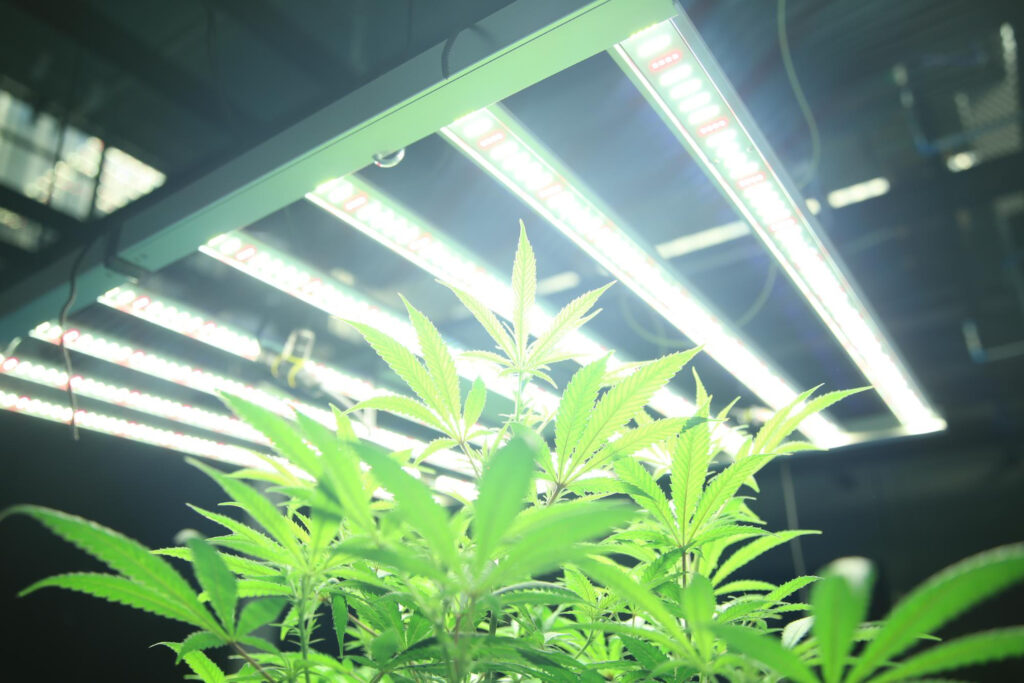
Airflow is the backbone of a healthy indoor cannabis garden. Plants need a constant supply of fresh air to replenish carbon dioxide levels, which are essential for photosynthesis. Poor ventilation can lead to heat buildup, stagnant air pockets, and an increased risk of pests and fungal diseases. An effective setup typically includes an exhaust fan to remove warm, stale air and an intake system—either passive or active—to bring in fresh air from outside the grow space. Oscillating fans are used to circulate air evenly around the plants, strengthening stems and preventing microclimates that encourage mold. In 2025, many growers are upgrading to smart ventilation systems with programmable timers and sensors that adjust fan speeds automatically based on temperature and humidity readings, ensuring the environment remains stable without constant manual adjustments.
Temperature and Humidity Management
Cannabis plants thrive within specific temperature and humidity ranges, which vary depending on their growth stage. During the vegetative phase, the ideal temperature is between 22°C and 28°C (72°F–82°F) with humidity levels around 50–70%. In the flowering stage, slightly cooler temperatures between 20°C and 26°C (68°F–78°F) and reduced humidity of 40–50% help prevent mold and encourage resin production. Maintaining these parameters requires a combination of heating, cooling, and dehumidifying equipment. In 2025, climate control technology has advanced, with integrated systems capable of regulating temperature and humidity automatically. Many setups include portable or ducted air conditioners, heaters, and modern dehumidifiers that operate quietly and efficiently. Smart sensors connected to mobile apps allow growers to monitor conditions remotely, making it easier to keep plants within the optimal range at all times.
CO₂ Enrichment and Environmental Optimization
Beyond basic temperature and ventilation, advanced growers often implement carbon dioxide (CO₂) enrichment to accelerate plant growth and boost yields. By increasing CO₂ levels to around 1,200–1,500 ppm during the light cycle, plants can photosynthesize more efficiently and produce denser, more resinous buds. However, CO₂ enrichment is only effective when combined with proper lighting, nutrients, and ventilation, as stagnant or overheated air can counteract its benefits. In 2025, automated CO₂ systems are more affordable and accessible, featuring regulators, timers, and sensors that maintain precise concentrations. Environmental optimization also includes controlling light leaks, preventing odor escape with carbon filters, and ensuring all equipment operates quietly and efficiently. By fine-tuning every aspect of the indoor environment, growers can create a stable, high-performance climate that maximizes plant health and final harvest quality.
Creating a Balanced Grow Environment
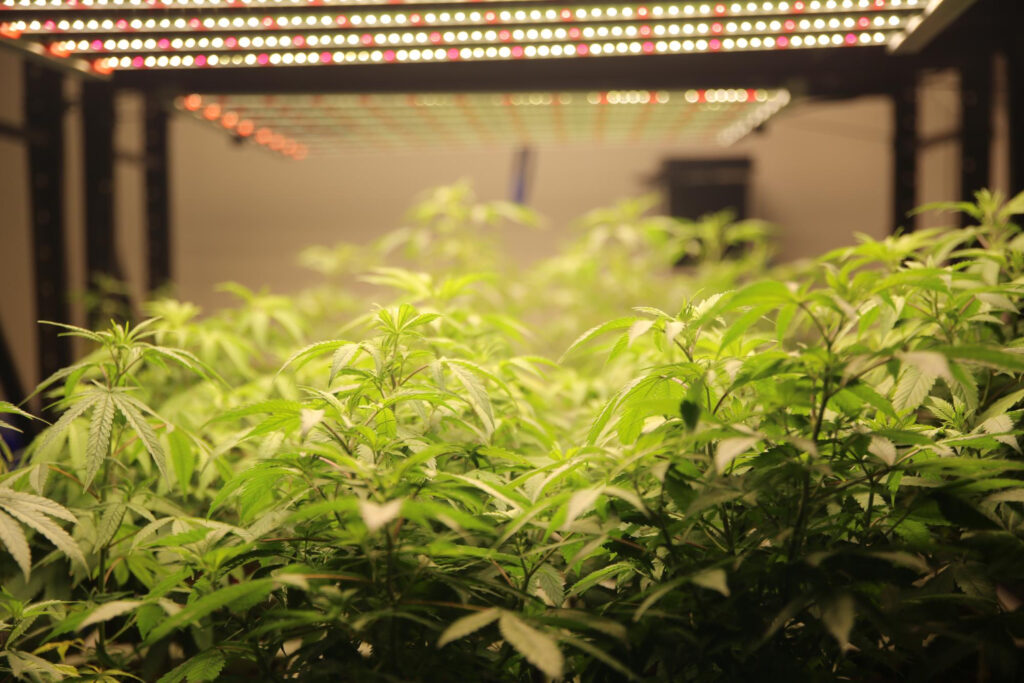
A well-ventilated and climate-controlled indoor cannabis garden is the result of planning, investment, and ongoing monitoring. Beginners may start with basic exhaust and intake fans, while experienced cultivators often implement fully automated systems that regulate temperature, humidity, and CO₂ levels in real time. The key is consistency—sudden fluctuations in climate can stress plants, reduce yields, and make them more vulnerable to pests and disease. In 2025, with the help of modern environmental control technology, growers can achieve a near-perfect indoor ecosystem, ensuring plants receive the conditions they need from seedling to harvest. By focusing on proper ventilation, temperature stability, and humidity control, cultivators can produce cannabis of exceptional quality while minimizing risks, creating an efficient and productive grow space year-round.
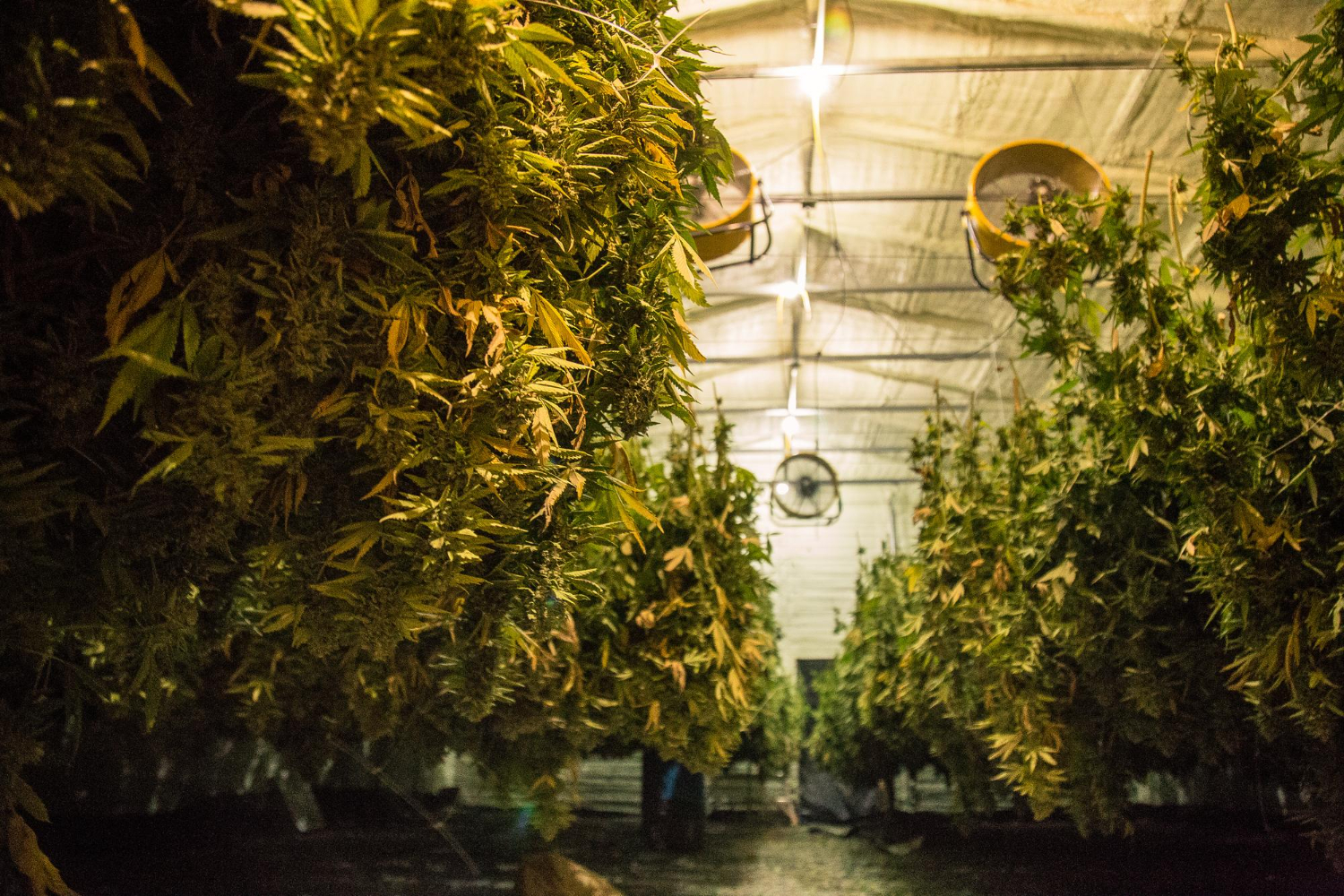

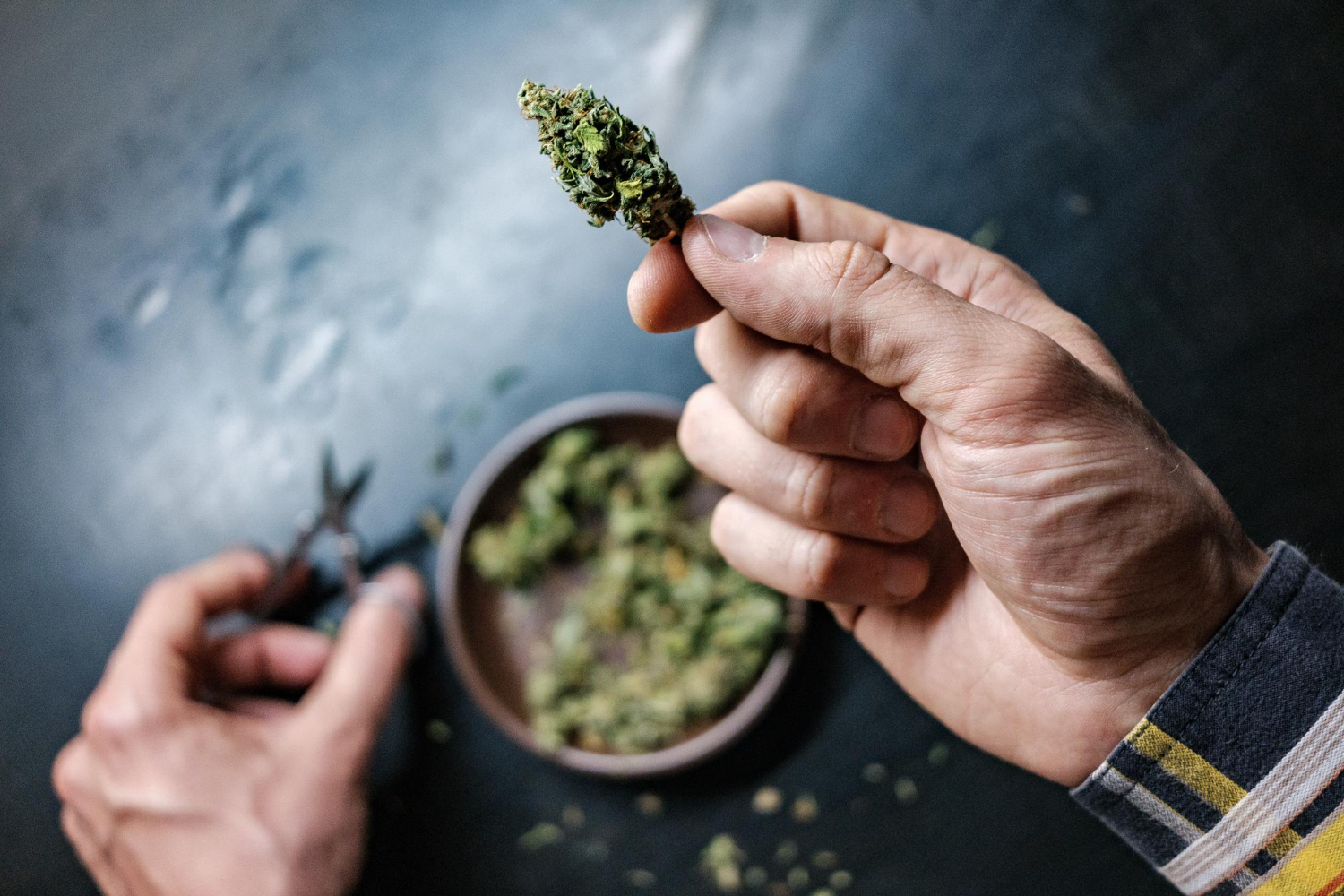
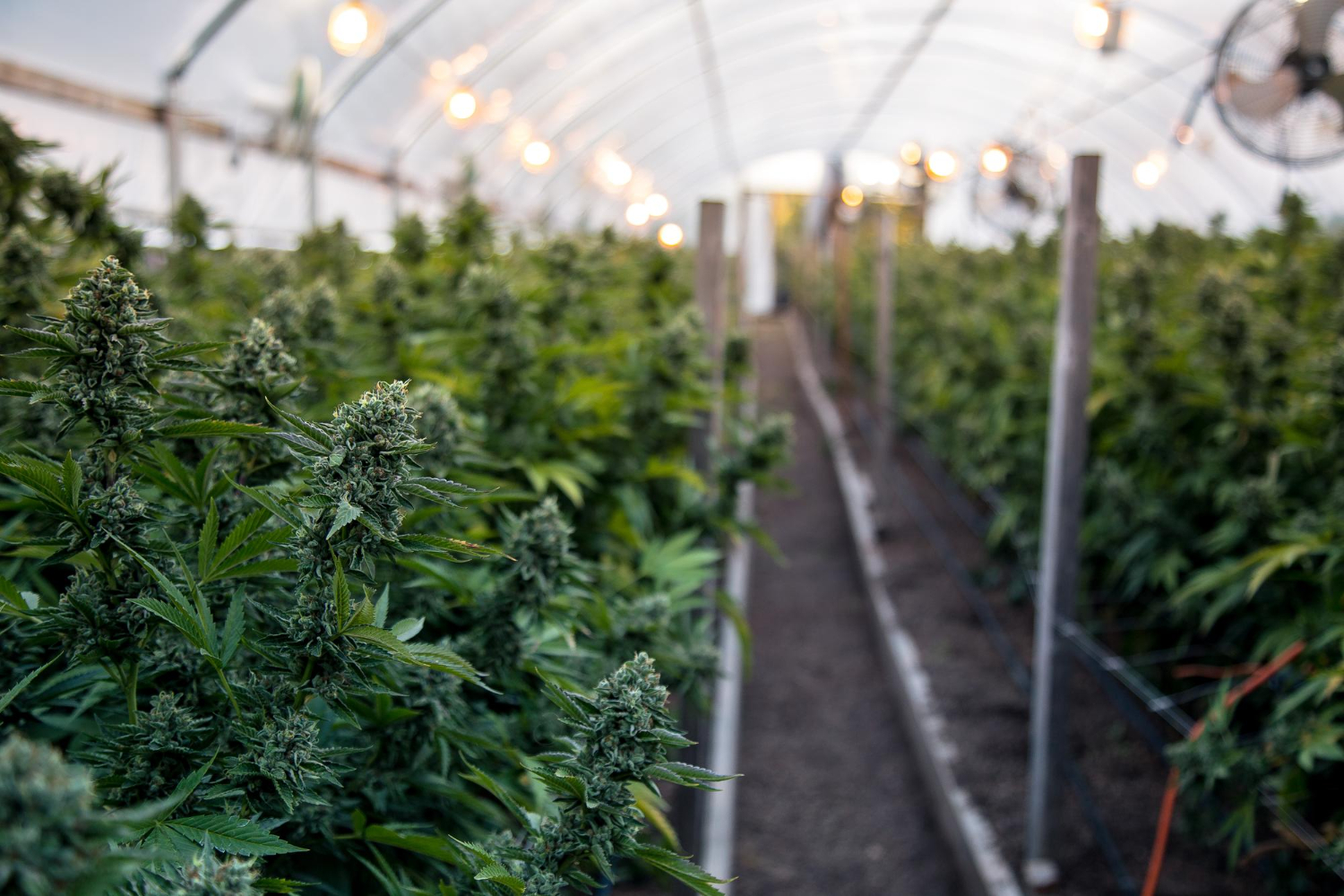

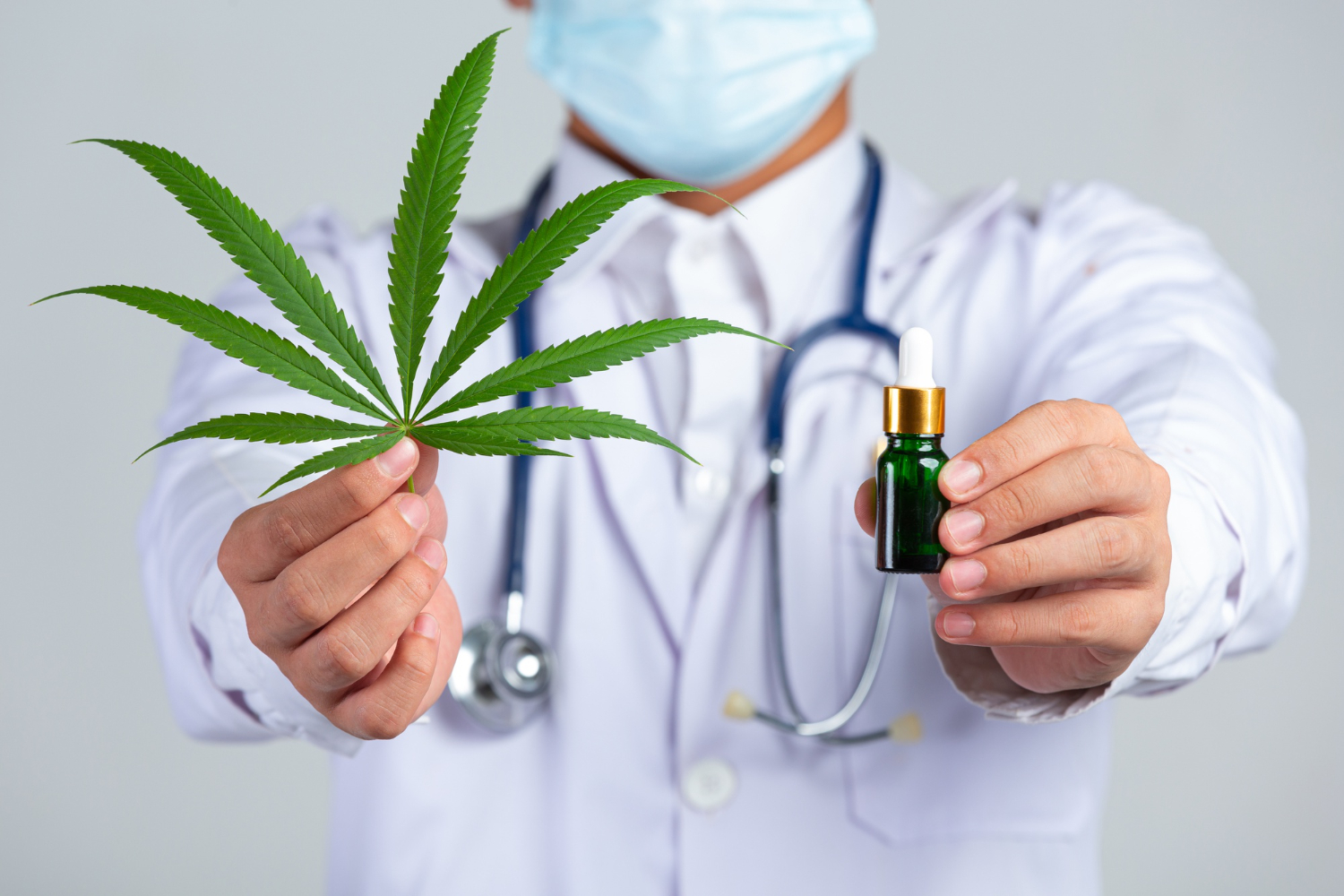
Leave a Reply